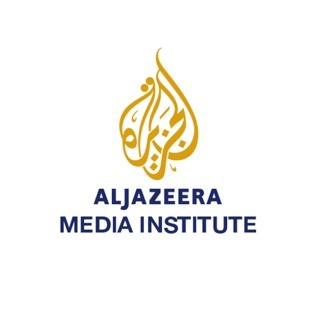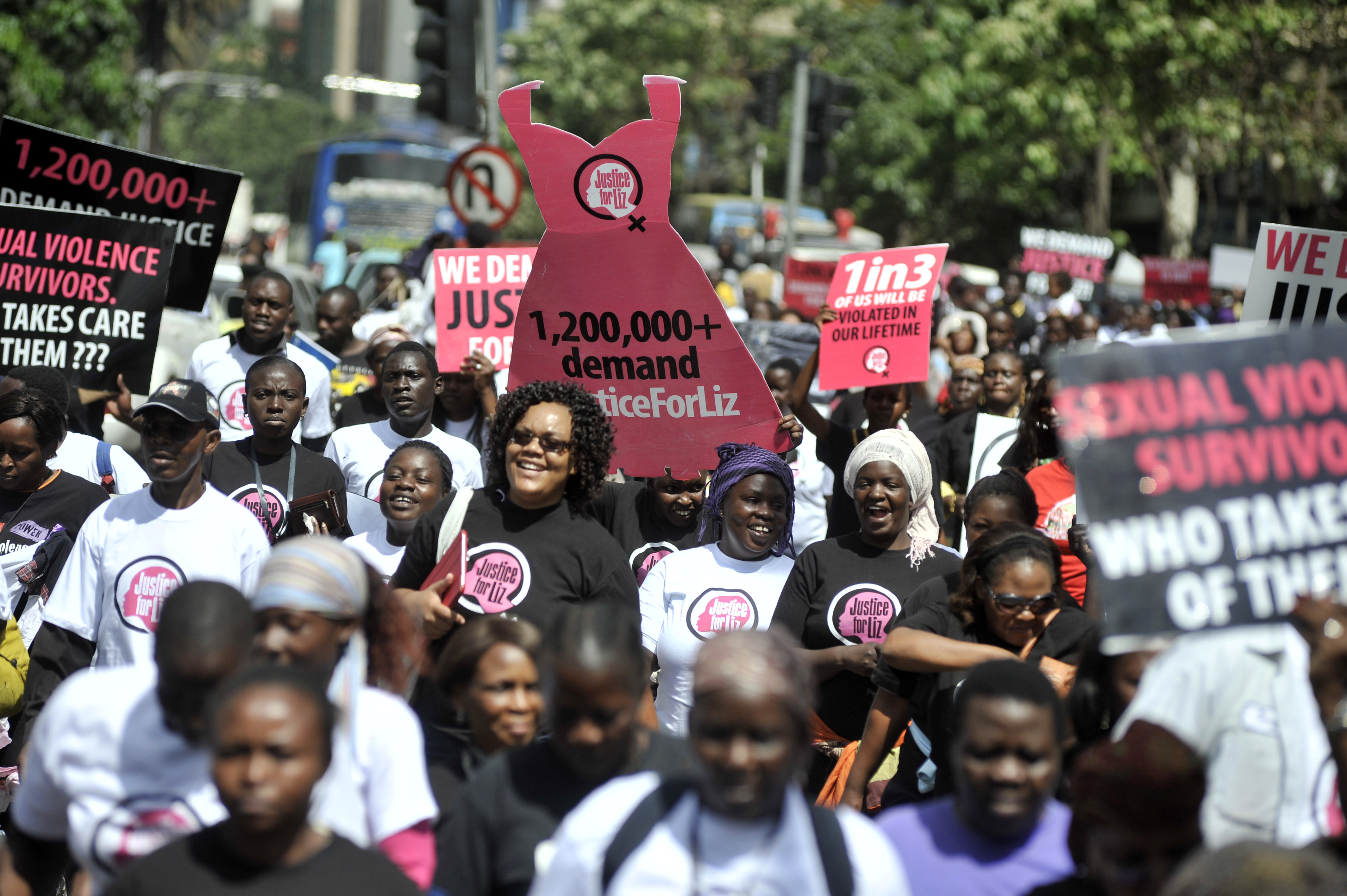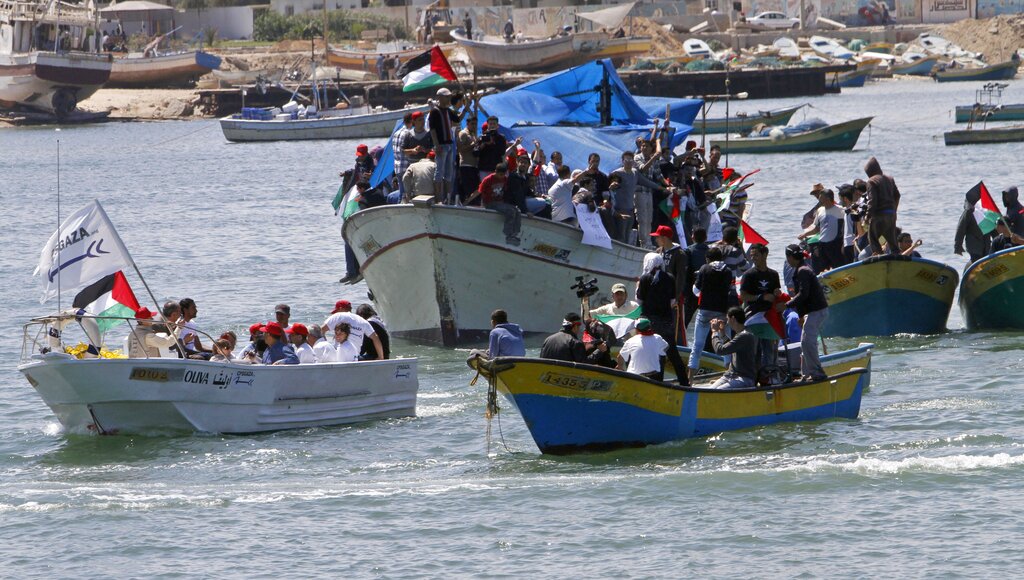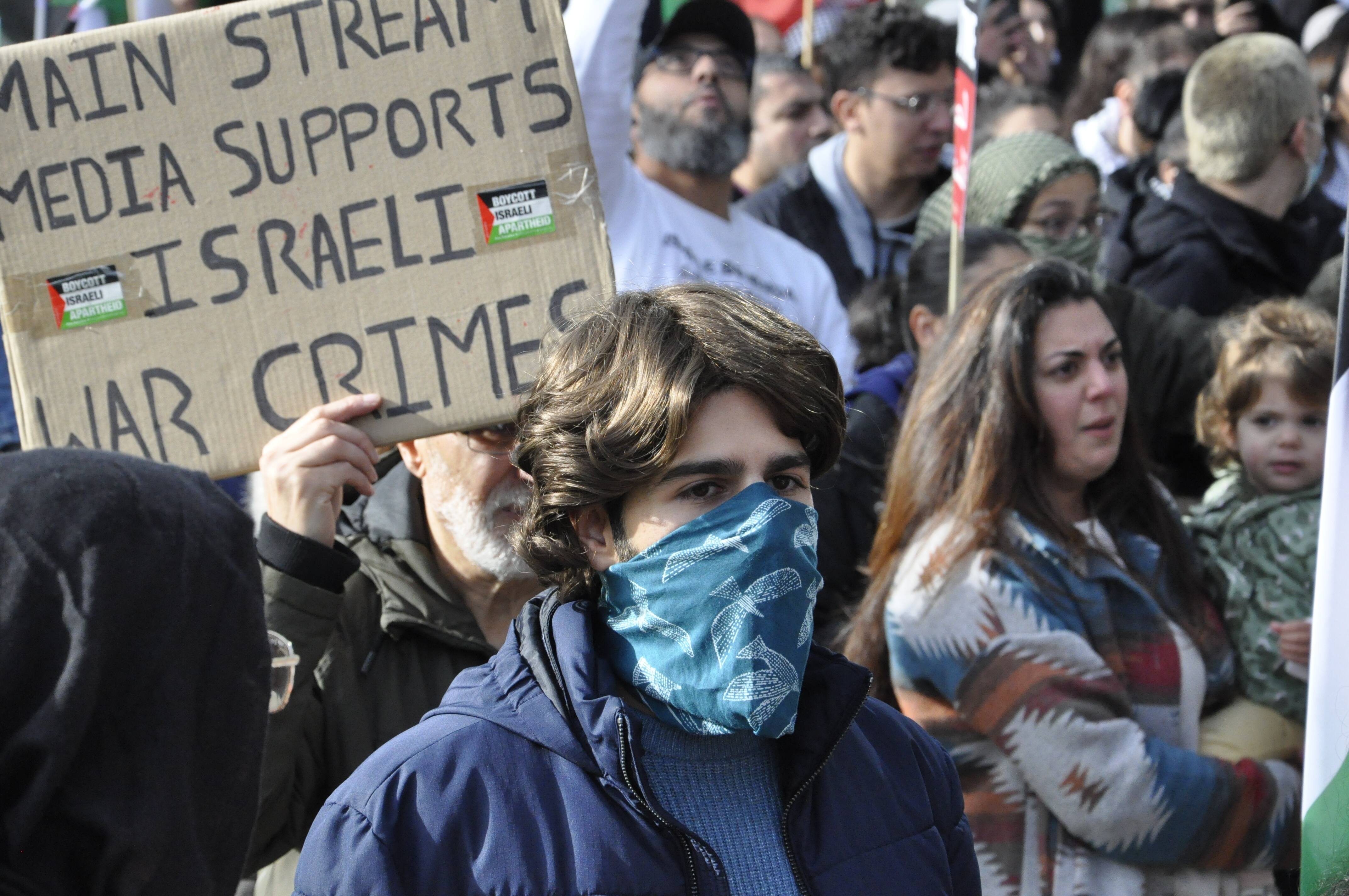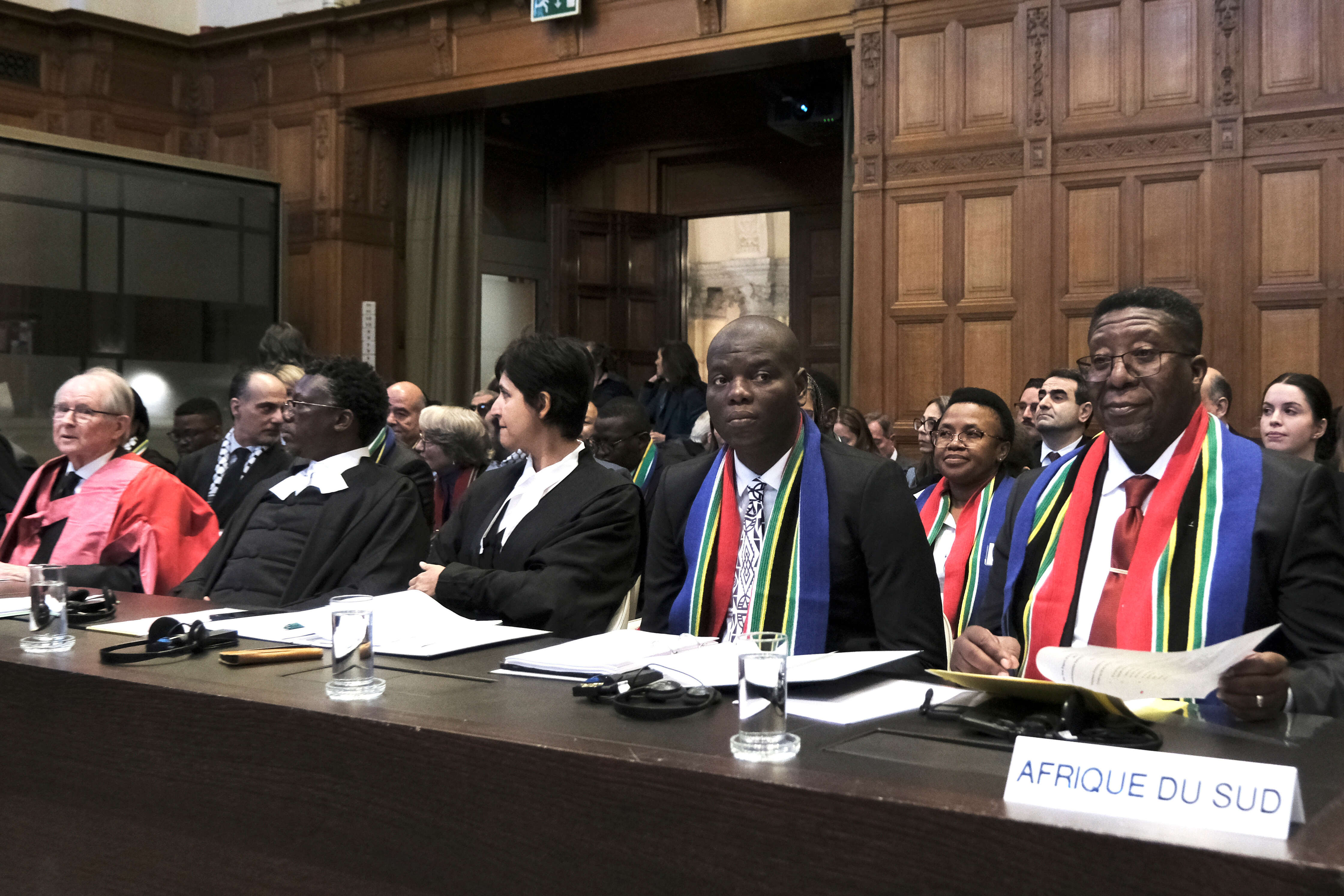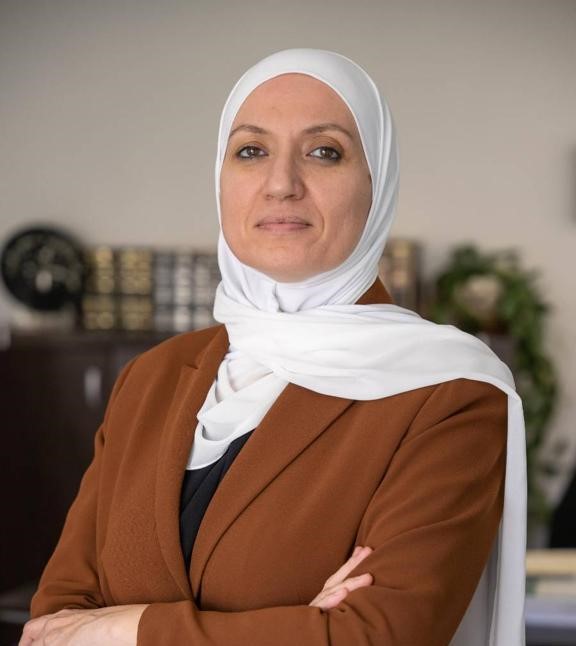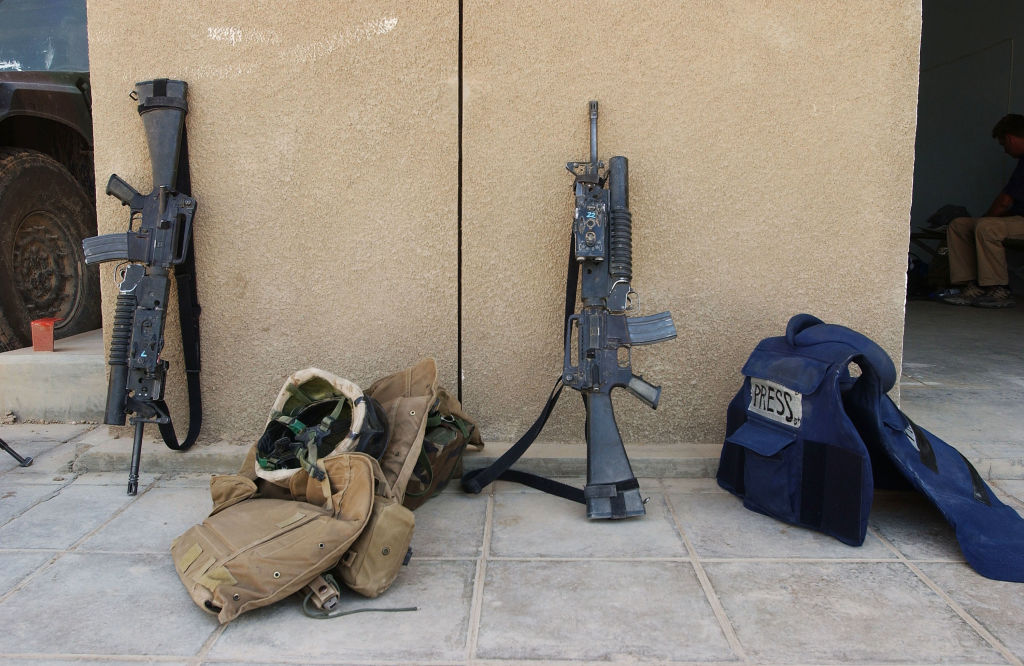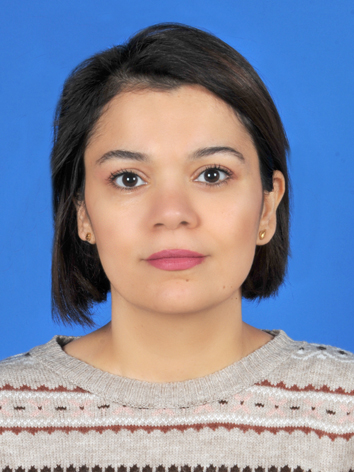خلال العقد الأخير، وتحديداً مع بداية اعتماد البشر على مواقع التواصل الاجتماعي كوسيلة للاتصال والاطلاع على الأخبار، بات أمام أغلب المؤسسات الإعلامية مواجهة معادلة صعبة: محاولة الموازنة بين حصرية وسرعة نشر الخبر وبين التأكد من صحته. ولأن الخبر في حالته المجردة كمعلومة، يمكن أن يهدد بقاء حكومات، يشعل ثورات، ينهار بأسهم في البورصة ويرتفع بأخرى، فقد تحوّل الخبر ذاته من مجرد غاية للمؤسسات الإعلامية تحاول الوصول إليها بشتى الطرق، إلى وسيلة للحكومات والشركات الكبرى تتحكم من خلالها بالدول والأسواق والمجتمعات.
في السابق، كانت عملية تقييم الخبر أقل تعقيداً عما هي اليوم، إذ كانت العملية تحتاج فقط إلى التأكد من صحة الخبر، وكان يمكن الاكتفاء بالإجابة بأن الخبر صحيح. أما اليوم، ومع الكم الهائل من المعلومات وسرعة وسهولة الاتصال المباشر مع المصادر، فقد أضحت جودة الأخبار تقاس بالإجابة على سؤال "إلى أي مدى يمكن أن يكون الخبر صحيحا؟"، أي أن جودة الخبر أصبحت تتضمن نقاطاً كثيرة لا تتعلق بصحة المعلومات فحسب، وإنما ترتبط بسياقها وكيفية سردها ووقت نشرها، وهو ما يصعّب من عمل الجهات المسؤولة عن التحقق من الخبر.
وخلال عملية التحقق هذه، بإمكاننا تقييم خبرين مثلاً، لنقول إن هناك خبراً صحيحاً، وآخرَ أكثر دقة.
وتعدّ هذه العملية مرحلة متقدمة من كتابة الأخبار، حيث تكون المرحلة الأولى للتأكد من صحة المعلومات، والمرحلة الثانية بدعم تلك المعلومات بمصادر أكثر وسياقات أوسع تصل بالقارئ إلى فهم أعمق لما يحدث.
ولندرك حساسية الأمر بشكل أوضح، علينا الابتعاد قليلا عن مفهوم "الأخبار الصحيحة/الحقيقية" إلى الجهة المقابلة التي تتشعب فيها تصنيفات الأخبار كلّما مرّ الزمن وتطوّرت التكنولوجيا وصارت عملية نقل الأخبار أسرع وأكثر تعقيداً. فحتى الآن، نشهد في عالمنا هذا عشرة أنواع للأخبار غير الصحيحة، تم ذكرها بالتفصيل في تقرير (1) لمؤسسة "EAVI" المعنية بنشر الوعي الإعلامي بين الأفراد.
وبالمرور على هذه الأنواع، نجد أن هناك نوعين أساسيين يتم استخدامهما سياسيًّا بشكل كبير من قبل الحكومات، سواء بشكل مباشر عبر السيطرة على المؤسسات الإعلامية التقليدية (التلفزيونية أو الإذاعية أو المطبوعة)، أو من خلال الإعلام الرقمي ومواقع التواصل الاجتماعي. هذان النوعان هما الأخبار الزائفة/الكاذبة والأخبار المضللة.
ويشترك هذان النوعان في كونهما أدوات ووسائل لتوجيه وتضليل الرأي العام، لكنهما يختلفان في بعض الخصائص. فمثلا، تعني الأخبار الزائفة أنها غير صحيحة من الأساس، يهدف ناشرها إلى السيطرة وإحداث توجيهٍ للرأي العام أو حتى لإحداث الضوضاء (2) التي تؤثر سلباً على وصول المعلومة الصحيحة من المُرسل إلى المتلقي.
ويعتمد ناشر الأخبار الزائفة على نموذج تحويل القرّاء أنفسهم من مجرد مستهلكين للمعلومات إلى نقاط تماس أو اتصال (Touchpoint) مع هذه الأخبار.
ويُقصد بنقاط الاتصال أن يكون المستهلك لأي معلومة أو خدمة مروجاً لها لتصل إلى أشخاص آخرين في محيطه. هؤلاء الأشخاص يتلقون المعلومة بدورهم دون معرفة المصدر الأساسي الذي نشر الخبر المزيّف. وبالتالي، سنكون أمام مصدرٍ للخبر المزيف، وآخرين أخذوا الخبر من دون علاقة بمصدره، ومن دون الإشارة أصلا إليه.
أما الأخبار المضللة فهي في أساسها لا تعتمد على معلومات خاطئة، بل تعتمد على السياق الخاطئ ووضع الكلام في غير محله. والسياق هنا ليس فقط سياق وقوع الحدوث (الخبر)، بل حتى سياق نشره أيضاً.
موقع الأخبار الكاذبة والمضللة في نظرية البروباغندا
إذاً، يعتبر توجيه الرأي العام الهدفَ الأول من بث الأخبار المفبركة أو المضللة، فالحكومات تحاول السيطرة على كل ما يصل إلى الجماهير، إما بمحاربة الصحافة الحرّة مصدر الأخبار الصحيحة، أو بنشر أخبار كاذبة أو مضللة. وكل ذلك يندرج تحت إطار صناعة البروباغندا أو الدعاية السياسية كما وصفها نعوم تشومسكي في كتابه "صناعة الإذعان".
ويذكر تشومسكي -إلى جانب إدوارد هيرمن- خمس (3) إستراتيجيات تستخدمها الدول من أجل صناعة الإذعان بين الشعوب، وذلك في نظرية البروباغندا والدعاية السياسية. وهذه الإستراتيجيات هي التملك، والإعلان، والنخبة الإعلامية، والنقد الشديد، وأخيراً صناعة العدو المشترك. كل واحدة من هذه الإستراتيجيات الخمس لها أساليبها في التطبيق، وكلها تهدف إلى السيطرة على الرأي العام وتوجيهه.
بإمكاننا أن نضع عملية إنتاج وتداول الأخبار الكاذبة والمضللة في ثلاث من أصل خمس إستراتيجيات تستخدم لإتمام عملية الدعاية السياسية، أولها "الامتلاك"، ولا نعني هنا امتلاك المؤسسات كما هو المقصود بالأساس في النظرية، ولكن امتلاك المساحة في الفضاء الرقمي التي لم تعد المؤسسات وحدها مسيطرة عليها كما كان الحال في الوقت الذي وضع فيه تشومسكي نظريته. فالحكومات -وحتى بدون أن تشتري مؤسسات إعلامية بشكل رسمي- تقوم الآن (4) عبر توظيف مئات بل وآلاف الحسابات الآلية على مواقع التواصل الاجتماعي، بالسيطرة على جزء لا بأس به من المحتوى الذي يعرض أمام المستخدمين. وبذلك، تتملك الدول المحتوى دون أن تتملّك المؤسسات.
ليس التملك فقط هو ما يمكن أن يتحقق بالأخبار الزائفة والمضللة، فكما شرح تشومسكي في الإستراتيجية الرابعة في نظريته وهي "النقد الشديد" FLAK))، يمكن لهذه الأخبار أن تعمل على هجمات مضادة للروايات الصحيحة عبر نقدها والتشكيك في مصداقيتها، أو نشر روايات مضادة بشكل أكثر كثافة، أو حتى الانحراف بالرأي العام عن موضوع الحدث نفسه ونشر أخبار تتعلق بأمور مختلفة تماماً، فيضيع الخبر الرئيسي دون أن يهتم به أحد.
أما في الإستراتيجية الخامسة من نظرية الدعاية السياسية، فإن الحكومات تعتمد صناعة أعداء وهميين للشعوب من أجل إحكام السيطرة عليها والترويج لسياساتها القمعية والدكتاتورية. ولا نجد أنسب من الأخبار الزائفة كوسيلة لهذا الهدف، فمهاجمة اللاجئين وخلق الكراهية ضدهم، ووصف جماعات أو مؤسسات بالإرهاب، أو حتى شيطنة دول بأكملها، كل هذا يأتي في إطار صناعة العدو الذي لا يتم أبداً دون اللجوء إلى الأخبار الزائفة والمضللة.
إن أزمة الأخبار الكاذبة وصلت إلى مرحلة من التعقيد لا تسمح بالتعامل معها من قبل الحكومات والمؤسسات الإعلامية فقط، فالمسؤولية الآن أصبحت مشتركة بين الأفراد المستهلكين للمعلومة وبين المؤسسات والحكومات التي يجب أن تسعى للحد من انتشار هذه الأخبار، مع الوعي الكامل بأبعاد ونتائج استهلاكها.
مراجع:
1- https://eavi.eu/beyond-fake-news-10-types-misleading-info
2- تؤثر الضوضاء سلبًا على عملية التواصل بين المُرسل والمتلقي للمعلومة. المصدر: https://bit.ly/2U32Tos
3- https://www.youtube.com/watch?v=34LGPIXvU5M
4- http://www.noonpost.com/content/23904
5- https://www.bbc.co.uk/academy/ar/articles/art20181113103406143


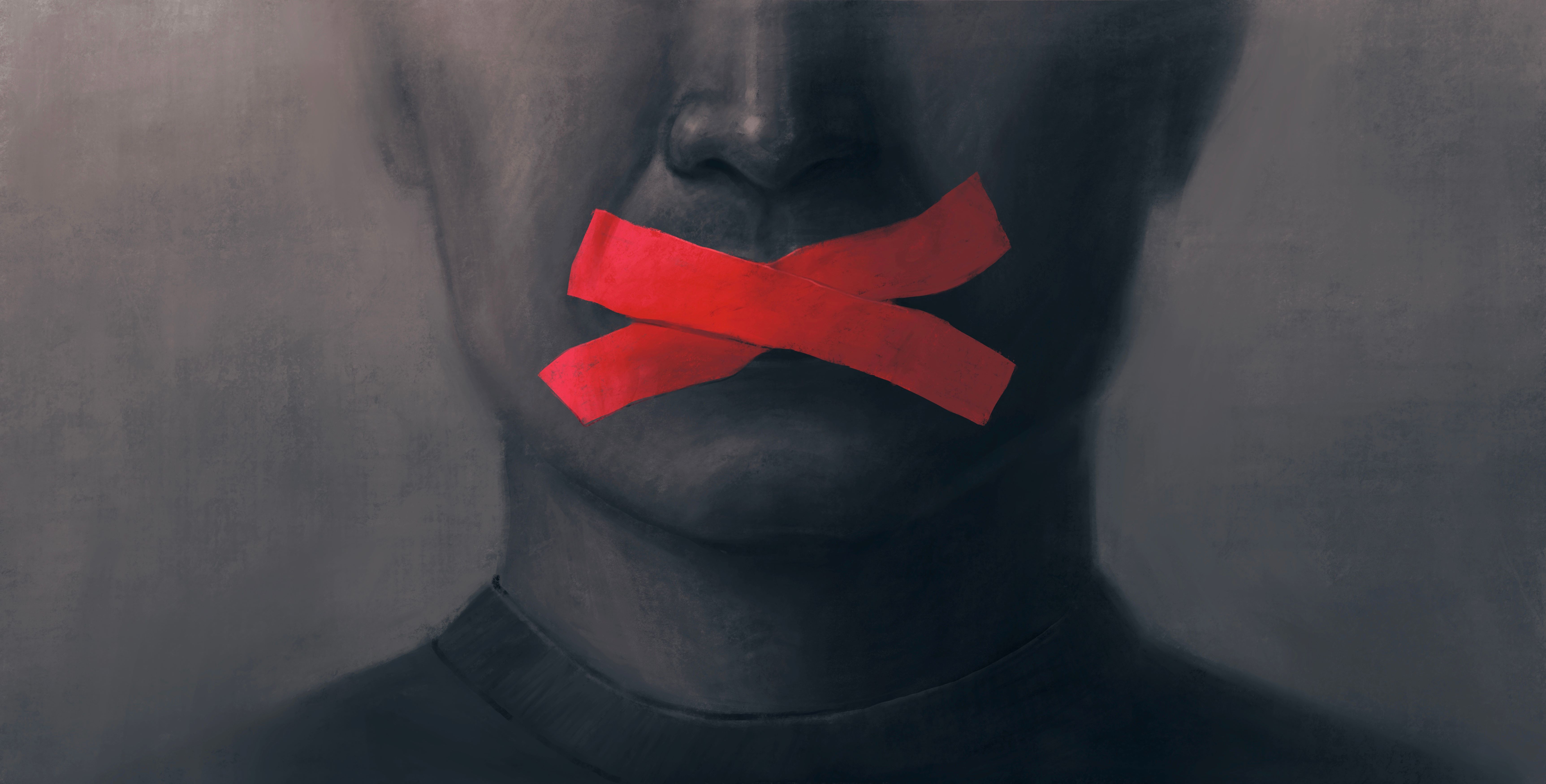

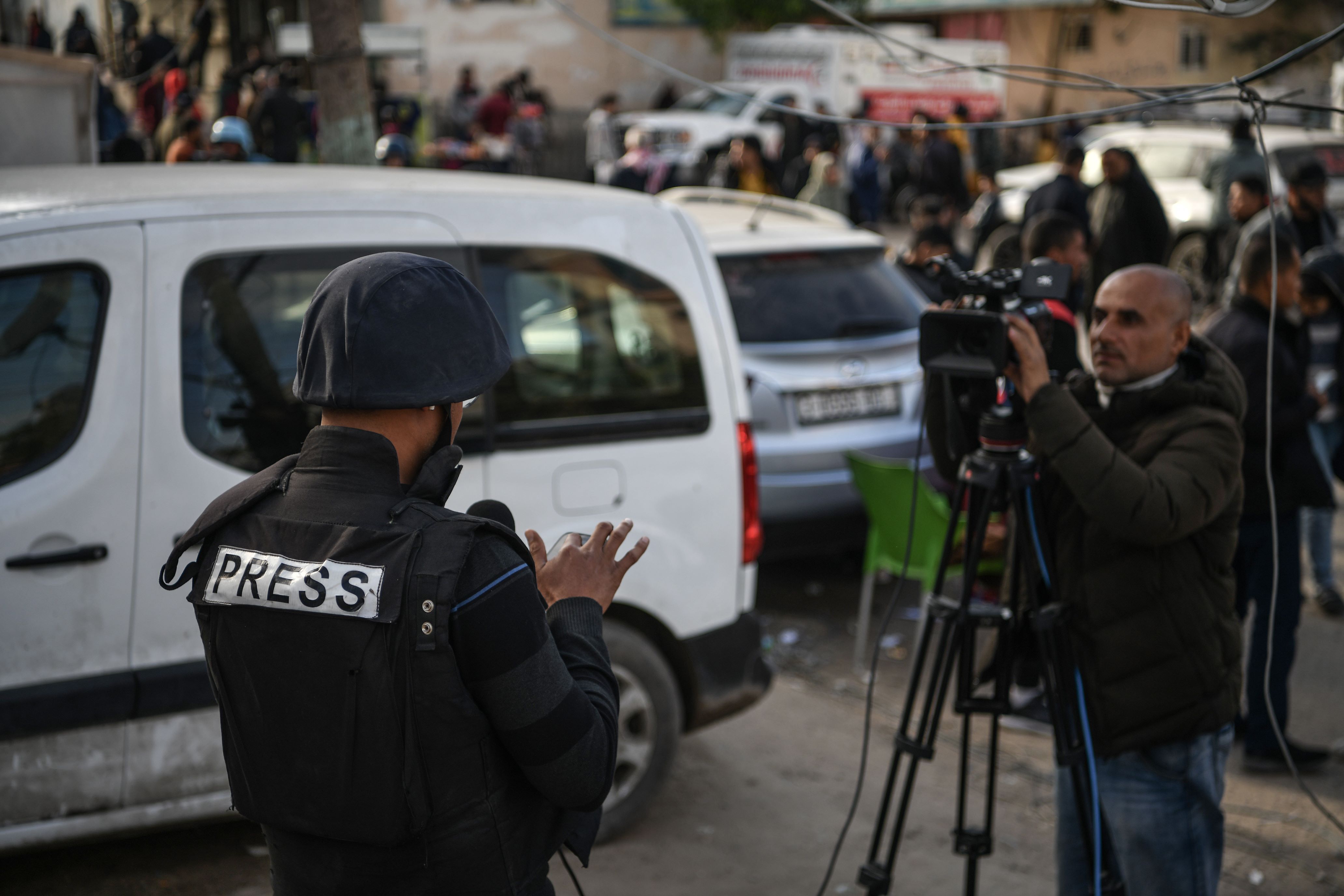

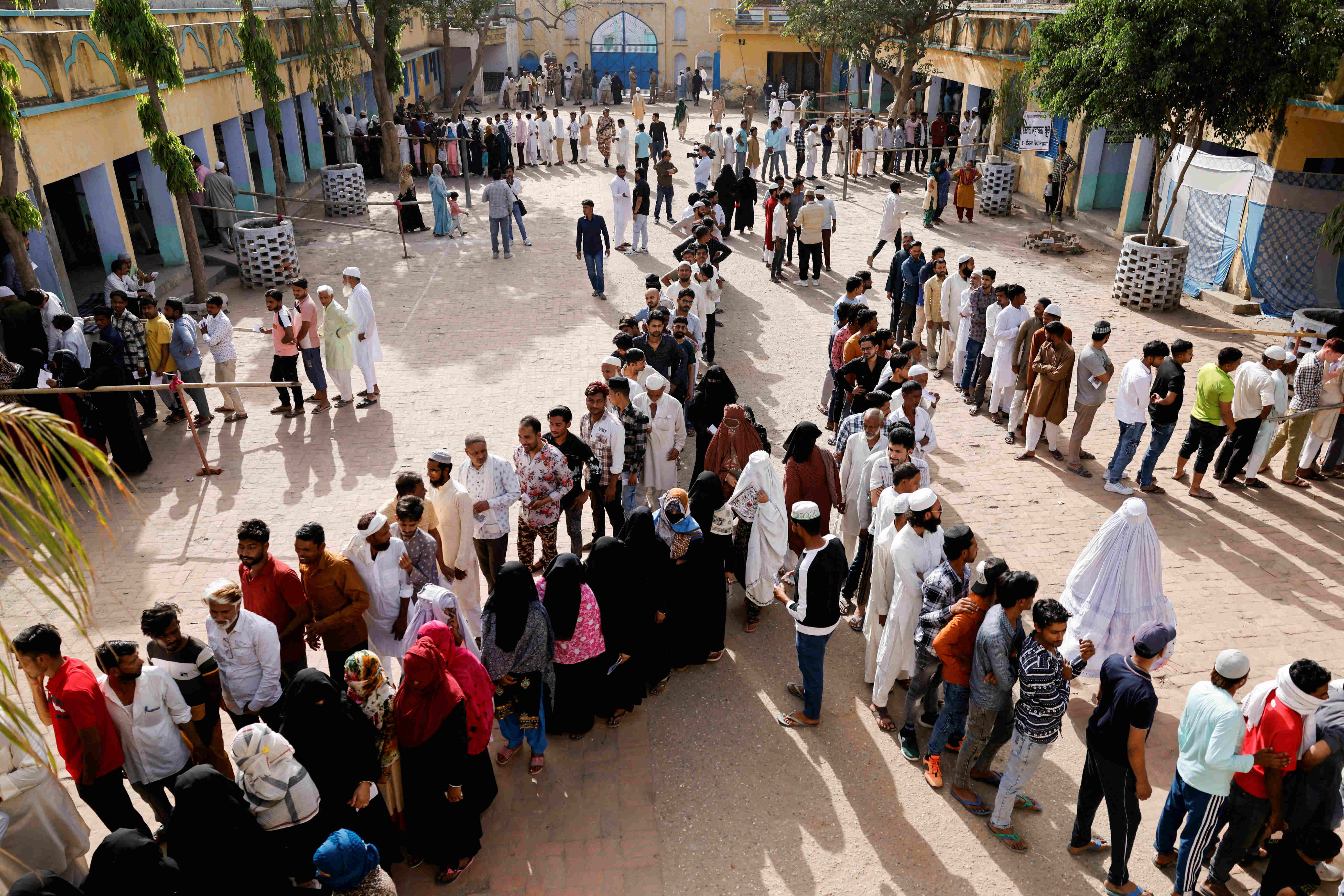

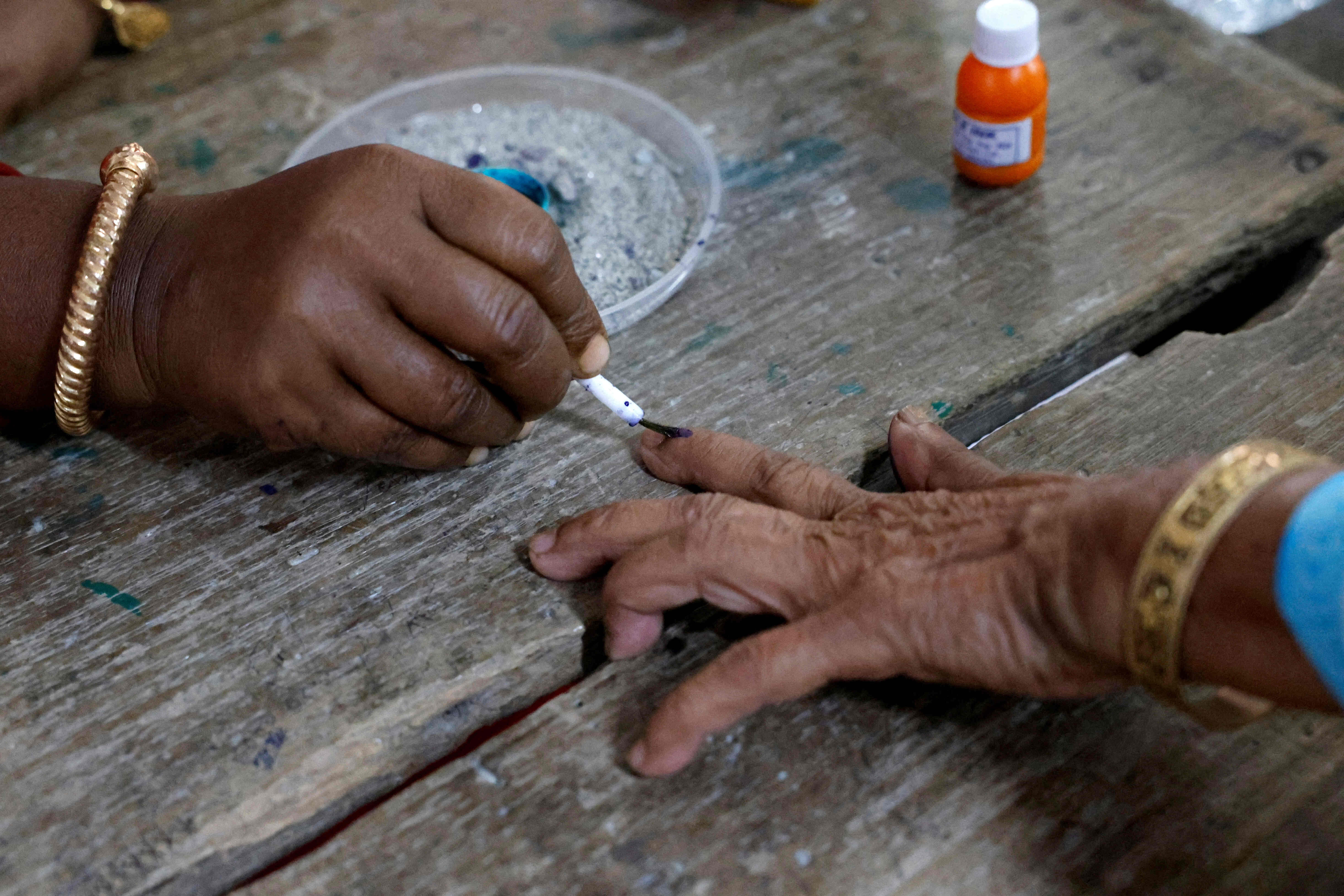

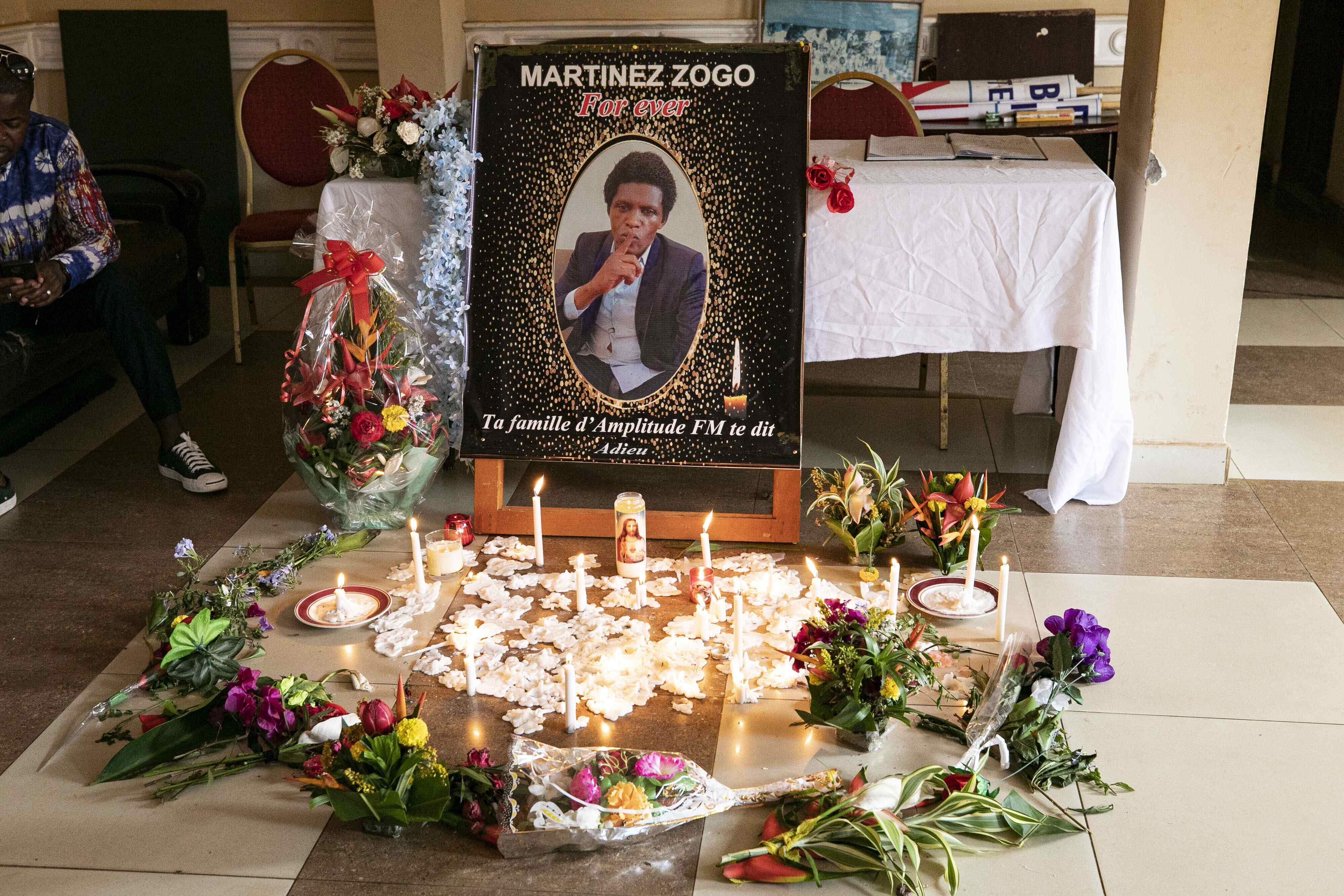

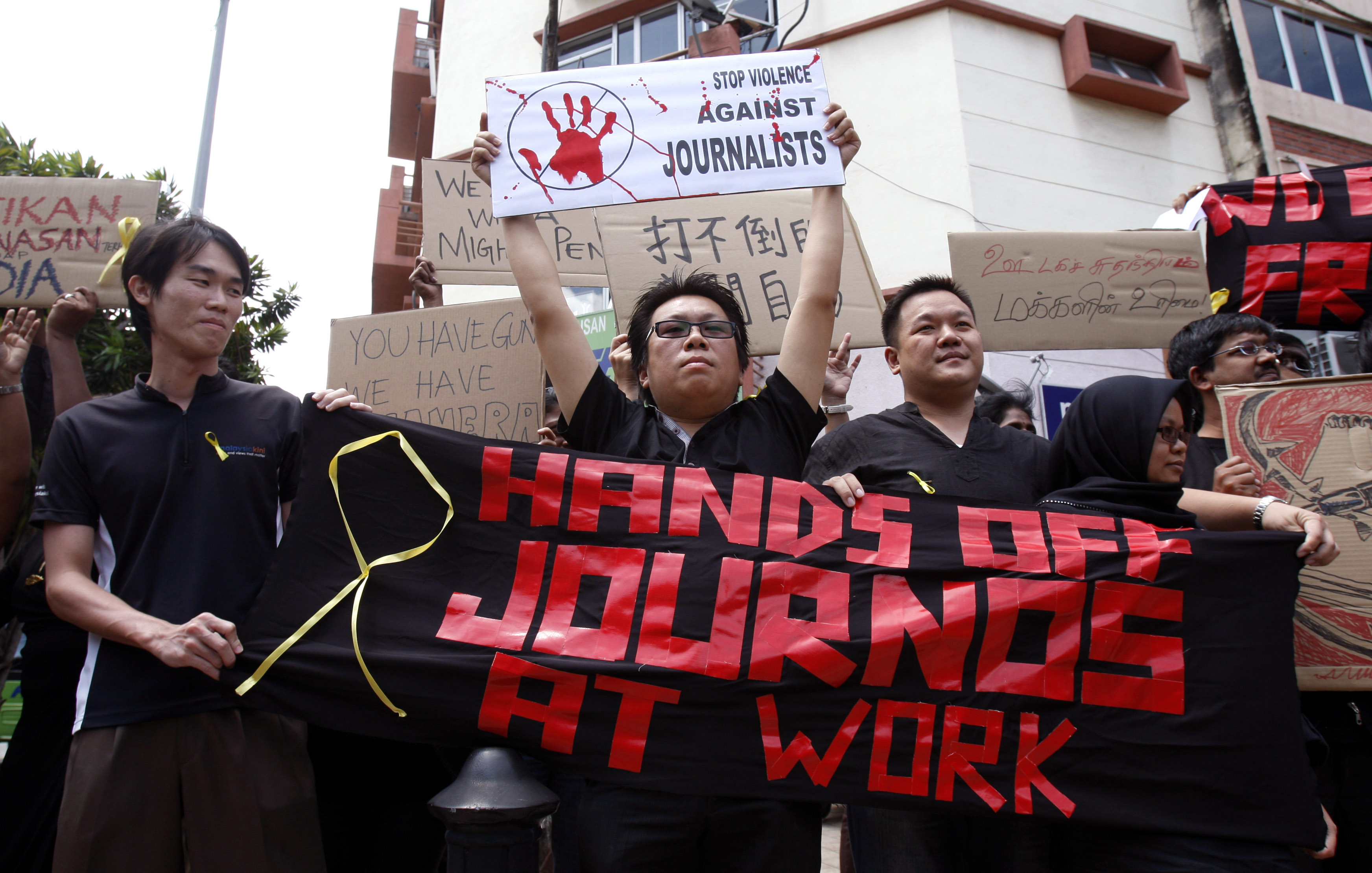




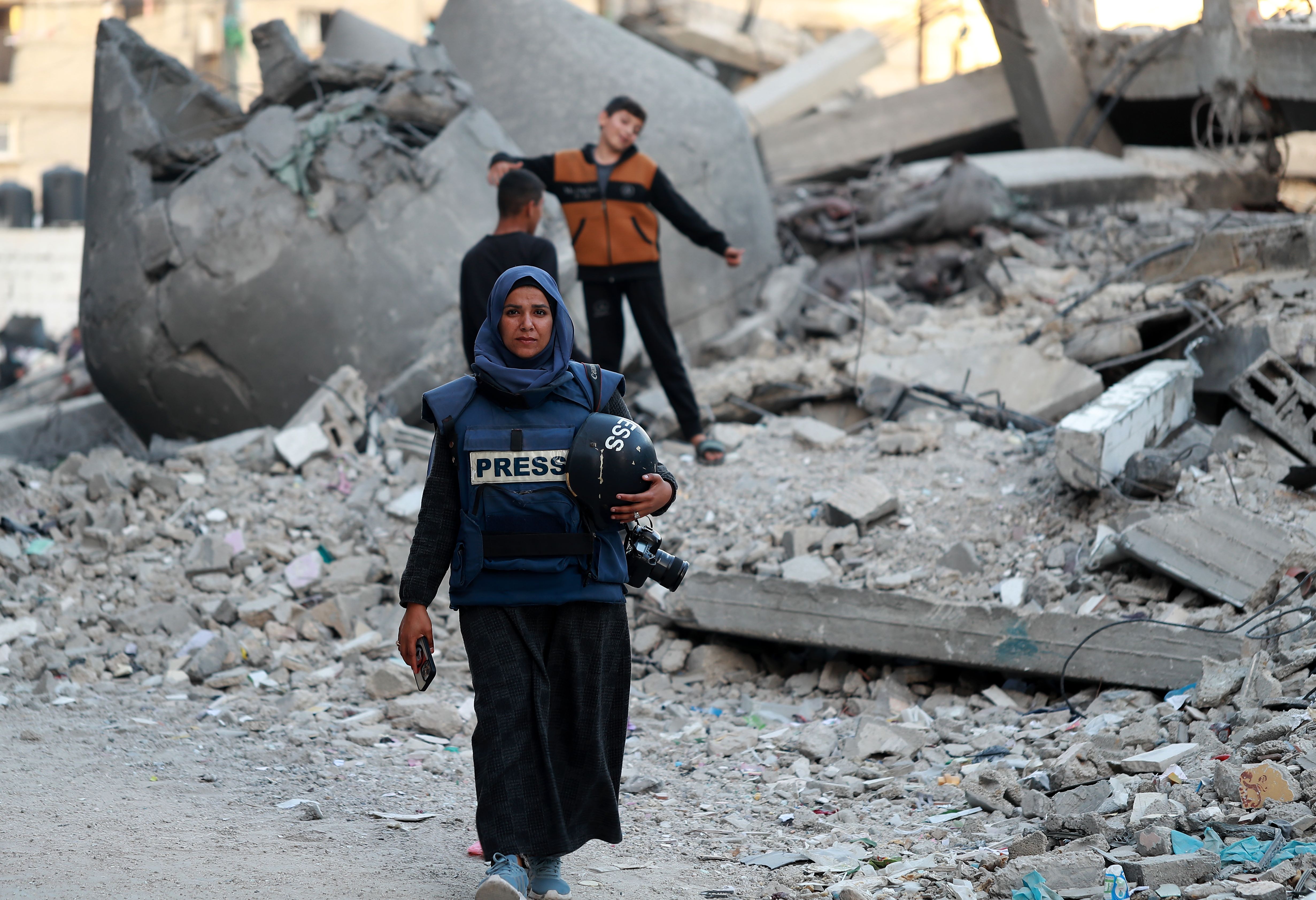


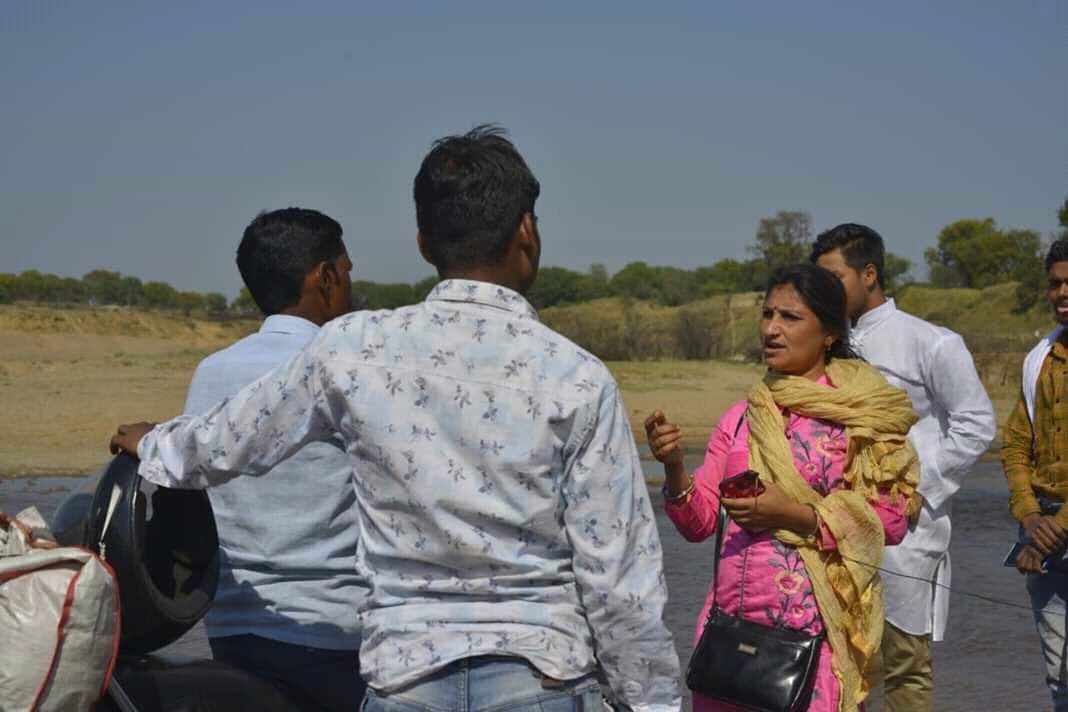


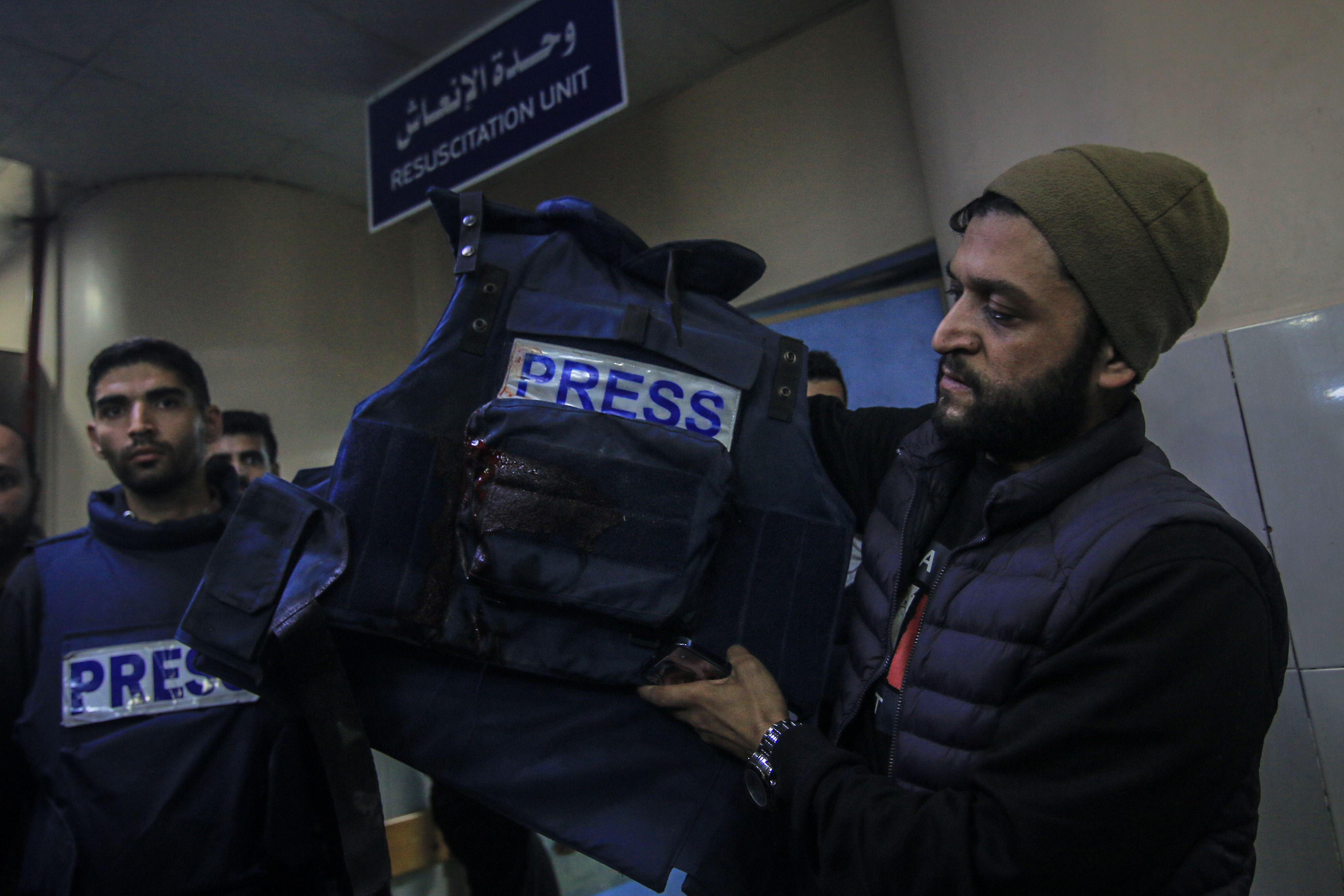
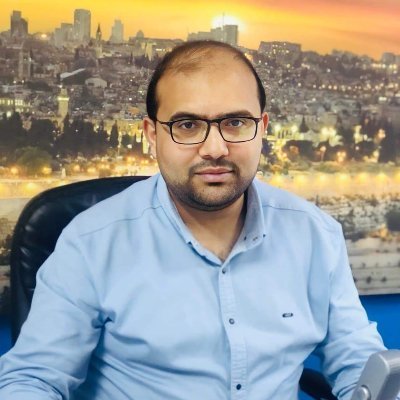

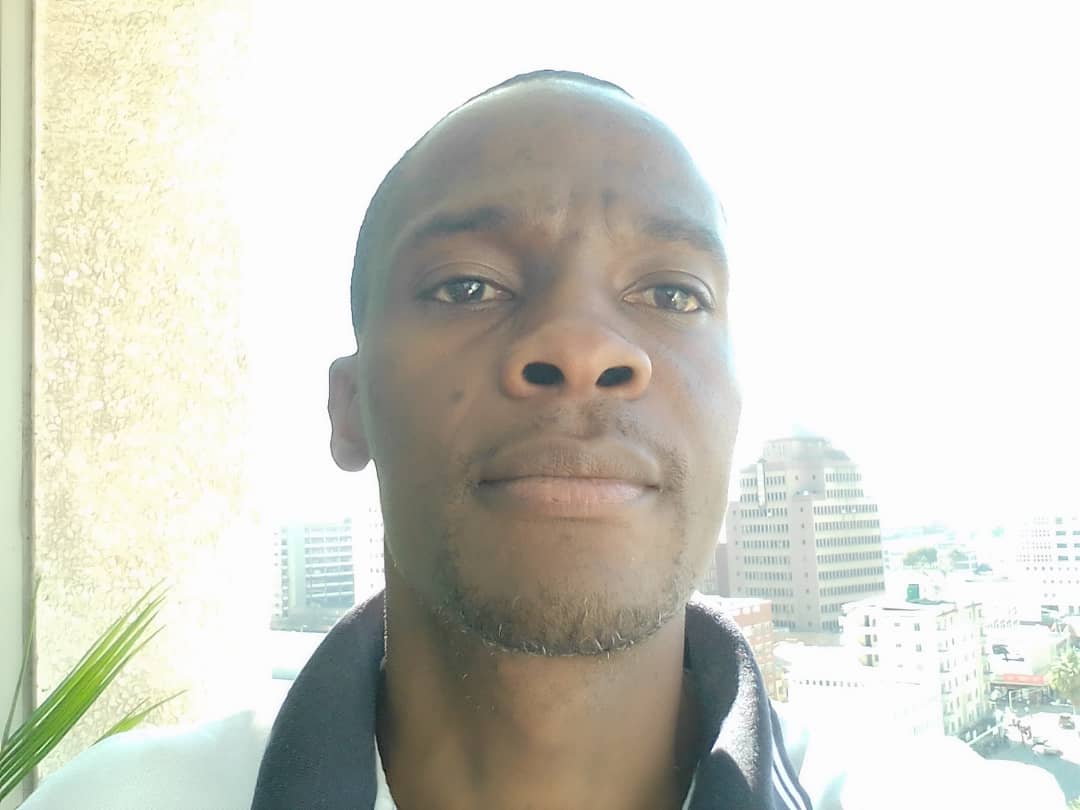
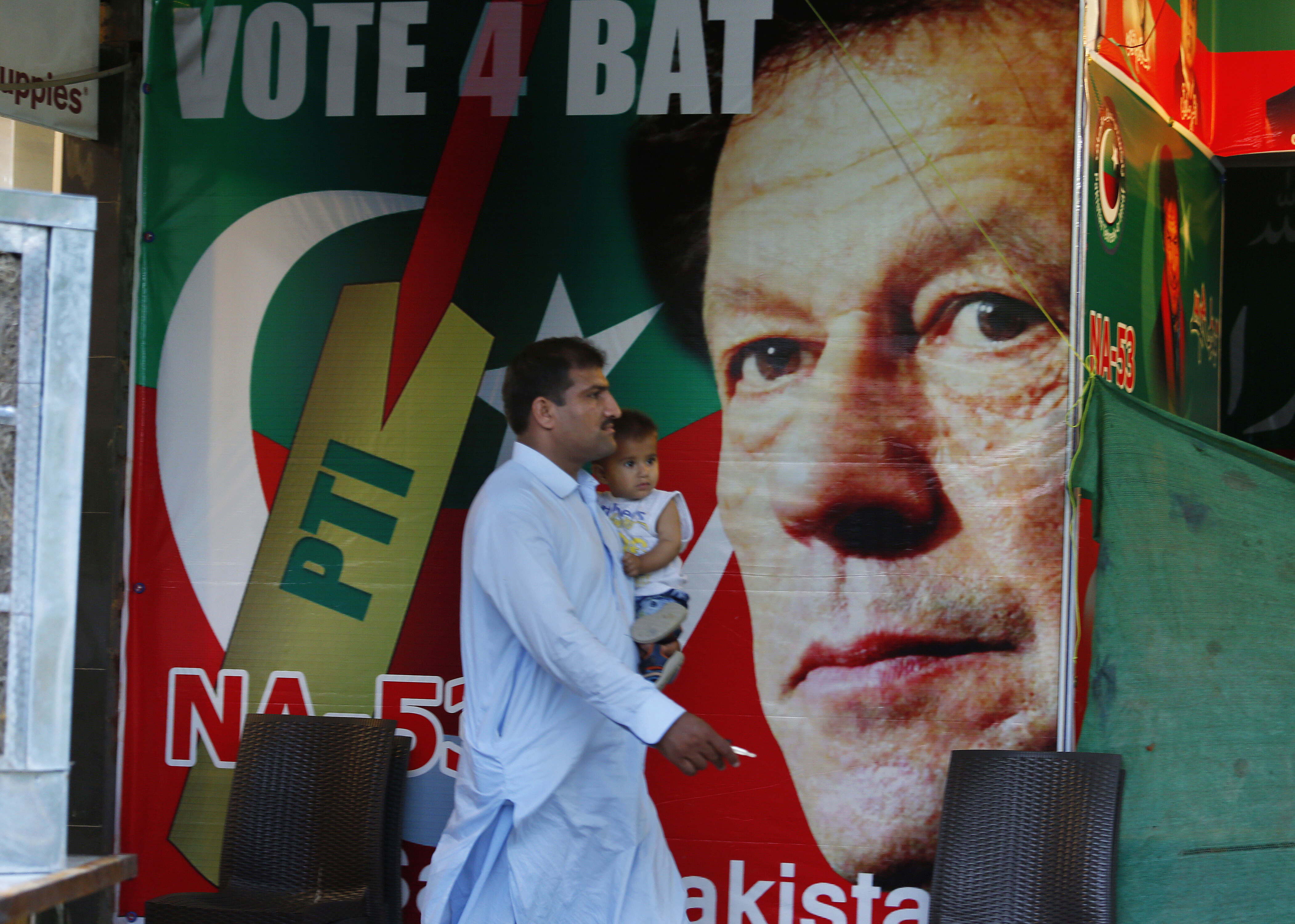

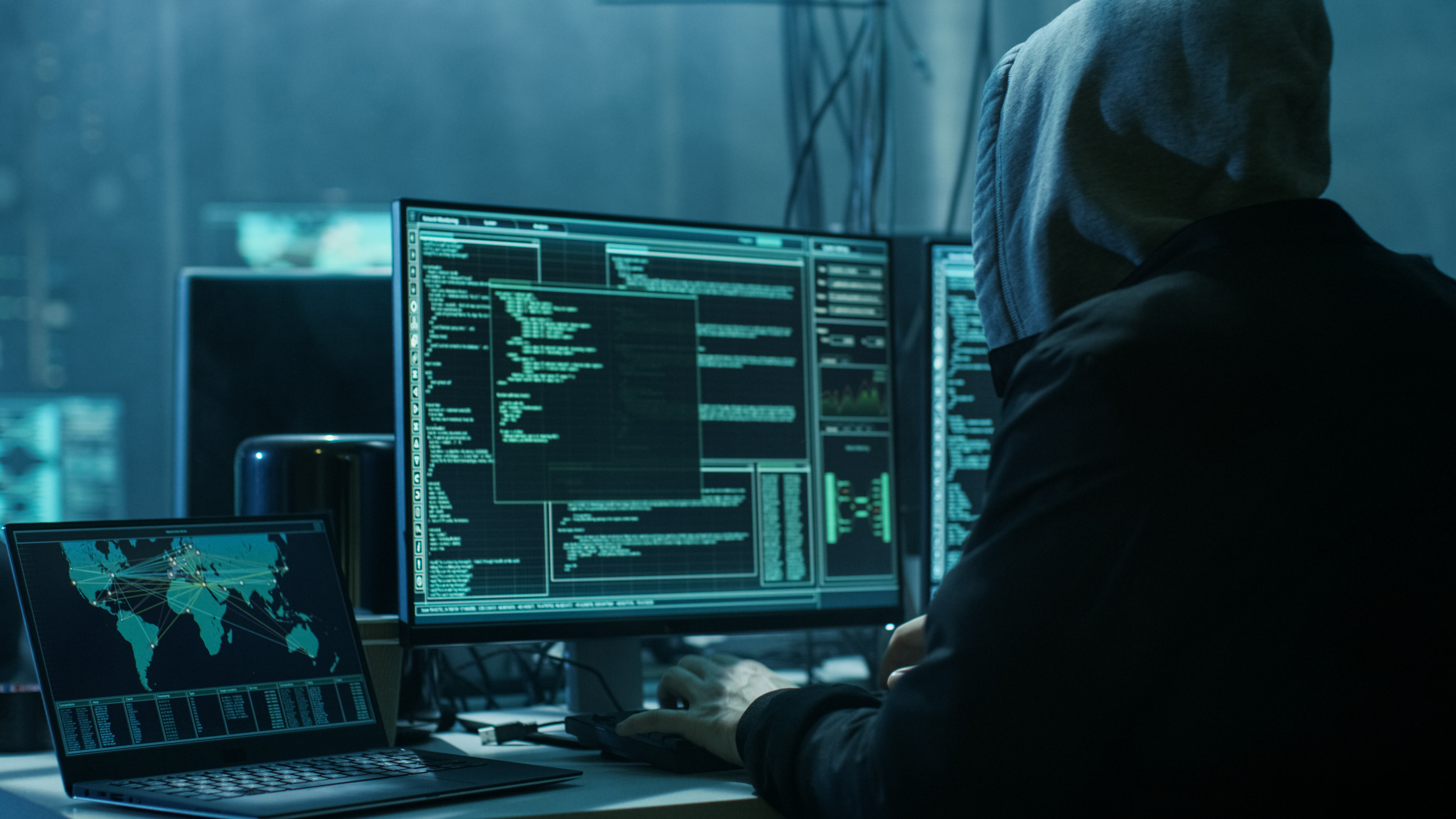
![A demonstration against Israel's war on Gaza on Paulista Avenue in São Paulo on November 4, 2023, draws attention to the deaths of children while the media focuses on the war against terrorists. [Photo: Lina Bakr]](/sites/default/files/ajr/2024/Picture1.png)
